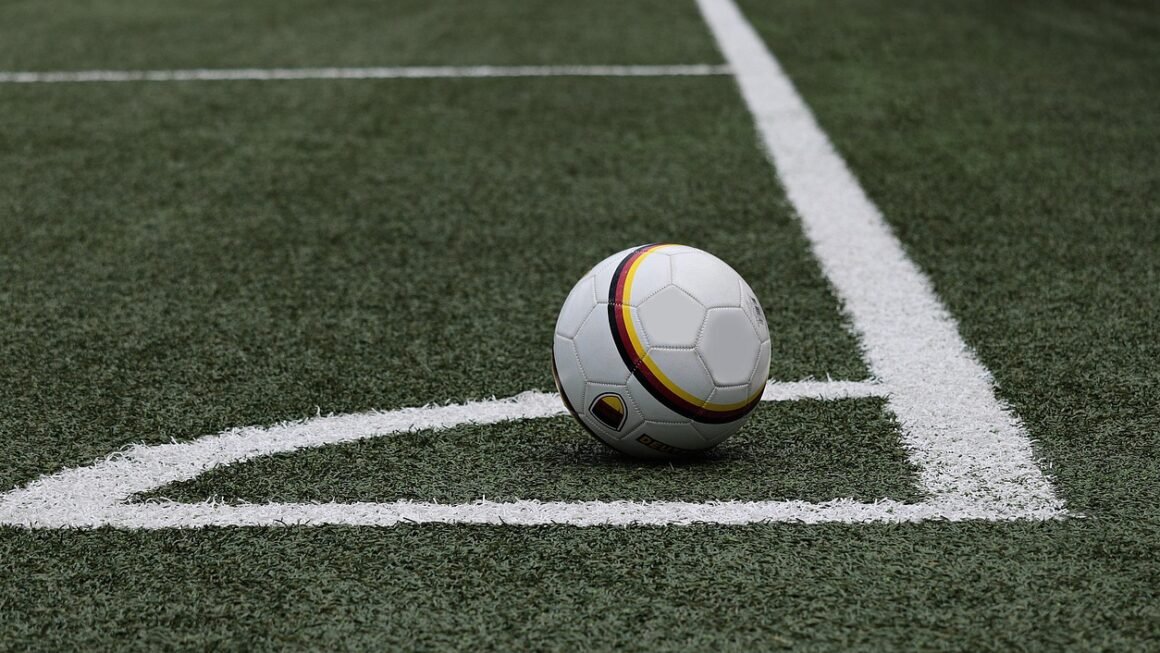Table tennis, also known as ping pong, is more than just a recreational pastime found in basements and garages. It’s a dynamic and engaging sport enjoyed by millions worldwide, offering a blend of physical agility, mental strategy, and social interaction. From casual players to seasoned professionals, the allure of the small ball and the rapid-fire exchanges continues to captivate. This guide will delve into the fascinating world of table tennis, covering everything from the basics to more advanced techniques and considerations.
The Essentials of Table Tennis Equipment
Understanding the equipment is crucial for any table tennis player, regardless of skill level. Choosing the right gear can significantly impact your game, allowing you to better execute techniques and improve your performance.
The Table: Dimensions and Surface
The table is the foundation of the game. Standard regulations define specific dimensions:
- Length: 2.74 meters (9 feet)
- Width: 1.525 meters (5 feet)
- Height: 76 centimeters (30 inches)
- Net Height: 15.25 centimeters (6 inches)
The surface must be made of a material that provides a consistent bounce of approximately 23 cm (9 inches) when a standard ball is dropped from a height of 30 cm (12 inches). This ensures fair play and predictable ball behavior.
The Paddle: Construction and Grip
The paddle, or racket, is your primary tool. It consists of a wooden blade covered with rubber on one or both sides.
- Blade: The blade is typically made of wood, often with layers of different types of wood to affect the speed and feel of the paddle. Different blade thicknesses and constructions cater to different playing styles.
- Rubber: The rubber is glued to the blade and provides the grip necessary to impart spin on the ball. There are two main types of rubber: smooth (pimples-in) and pimpled (pimples-out). Smooth rubber is generally used for offensive players who want to generate spin, while pimpled rubber can be used for defensive play or for disrupting an opponent’s spin.
- Grip: The grip is the way you hold the paddle. Common grips include the shakehand grip (similar to shaking hands) and the penhold grip (holding the paddle like a pen). The choice of grip is largely a matter of personal preference.
The Ball: Size, Weight, and Material
The table tennis ball has evolved over time.
- Size: The regulation ball is 40mm in diameter.
- Weight: It weighs approximately 2.7 grams.
- Material: Modern balls are made of plastic, replacing the celluloid balls used previously. This change was implemented to improve safety and durability.
Mastering the Fundamental Techniques
Developing a strong foundation in the fundamental techniques is essential for improving your table tennis skills.
Basic Strokes: Forehand and Backhand Drive
These are the two most basic and crucial strokes.
- Forehand Drive: This involves swinging your arm forward and across your body, contacting the ball in front of you. Focus on generating topspin by brushing the ball upwards.
Practical Example: Imagine brushing the ball with your paddle, aiming to make it roll forward over the net.
- Backhand Drive: This involves swinging your arm across your body, contacting the ball slightly in front of you. Again, focus on generating topspin.
Practical Example: Keep your elbow close to your body and use your wrist to generate power and spin.
Serving: Spin Variations and Placement
The serve is your opportunity to initiate the point.
- Topspin Serve: This serve bounces high and kicks forward after the bounce, making it difficult to return.
Tip: Brush the ball upwards and forwards to generate topspin.
- Backspin Serve: This serve bounces low and stays low after the bounce, requiring the opponent to lift the ball to return it.
Tip: Brush the ball downwards to generate backspin.
- Sidespin Serve: This serve curves to the side after the bounce, making it difficult to predict.
* Tip: Brush the ball across the side to generate sidespin.
Experiment with serving to different locations on the table to exploit your opponent’s weaknesses.
Footwork: Agility and Positioning
Footwork is just as important as stroke technique. Good footwork allows you to reach the ball quickly and maintain proper balance.
- Shuffle Step: A quick, lateral movement used to cover short distances.
- Crossover Step: A longer, more powerful movement used to cover larger distances.
- Ready Position: Maintain a balanced stance with your knees bent and your weight slightly forward.
Strategies for Winning at Table Tennis
Beyond technique, strategy plays a vital role in success.
Understanding Spin: Reading and Reacting
Being able to recognize and react to different types of spin is essential.
- Reading Spin: Observe the opponent’s paddle angle and the direction of their swing. This will give you clues about the type of spin they are imparting.
- Reacting to Spin: Adjust your paddle angle and body position to compensate for the spin. For example, against topspin, close your paddle angle slightly. Against backspin, open your paddle angle slightly.
Placement and Tactics: Exploiting Weaknesses
Strategic placement is crucial for gaining an advantage.
- Wide Angles: Aim shots towards the edges of the table to force your opponent to move.
- Deep Shots: Aim shots deep towards the back of the table to make it difficult for your opponent to attack.
- Short Shots: Place the ball short near the net so your opponent has difficulty attacking.
- Targeting Weaknesses: Identify your opponent’s weaker side and consistently direct the ball towards that area.
Match Psychology: Staying Focused and Adapting
Maintaining a positive attitude and adapting to your opponent’s style is key.
- Stay Focused: Minimize distractions and concentrate on the task at hand.
- Adapt Your Strategy: If your initial strategy isn’t working, be prepared to adjust your tactics based on your opponent’s strengths and weaknesses.
- Control Your Emotions: Avoid getting frustrated or discouraged by mistakes. Learn from them and move on.
Practicing and Improving Your Game
Consistent practice and focused training are essential for improvement.
Drills: Repetition and Muscle Memory
Drills help you develop muscle memory and improve your consistency.
- Forehand-Backhand Drive Drill: Practice alternating between forehand and backhand drives to improve your footwork and stroke consistency.
- Serve-Receive Drill: Practice serving different types of serves and receiving them effectively.
- Push-Block Drill: Practice pushing the ball short and then blocking your opponent’s attacks.
Sparring: Game-Like Situations
Sparring with other players helps you apply your skills in game-like situations.
- Play with Different Styles: Sparring with players who have different playing styles will help you develop your adaptability.
- Analyze Your Games: Review your sparring sessions to identify areas for improvement.
Coaching: Professional Guidance
Consider seeking guidance from a qualified table tennis coach.
- Personalized Feedback: A coach can provide personalized feedback on your technique and strategy.
- Structured Training Plan: A coach can develop a structured training plan to help you achieve your goals.
Conclusion
Table tennis is a rewarding sport that offers a unique blend of physical and mental challenges. By understanding the equipment, mastering the fundamental techniques, developing strategic thinking, and engaging in consistent practice, you can significantly improve your game and enjoy the many benefits of this exciting sport. Whether you’re a casual player looking to improve your skills or an aspiring competitor aiming for the top, the journey of learning and mastering table tennis is a continuous and fulfilling one. So pick up your paddle, find a table, and start playing!



